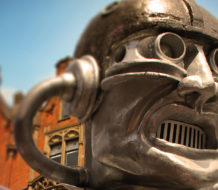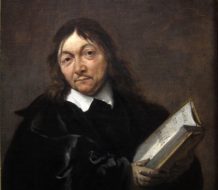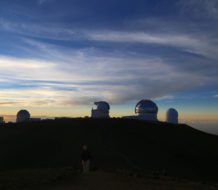In his 1824 book, Reflections on the Motive Power of Fire, the 28-year-old French engineer Sadi Carnot worked out a formula for how efficiently steam engines can convert heat — now known to be a random, diffuse kind of energy — into work, an orderly kind of energy that might push a piston or turn a wheel. To Carnot’s surprise, he discovered that a perfect engine’s efficiency depends only on the difference in temperature between the engine’s heat source (typically a fire) and its heat sink (typically the outside air). Work is a byproduct, Carnot realized, of heat naturally passing to a colder body from a warmer one.
Carnot died of cholera eight years later, before he could see his efficiency formula develop over the 19th century into the theory of thermodynamics: a set of universal laws dictating the interplay among temperature, heat, work, energy and entropy — a measure of energy’s incessant spreading from more- to less-energetic bodies. The laws of thermodynamics apply not only to steam engines but also to everything else: the sun, black holes, living beings and the entire universe. The theory is so simple and general that Albert Einstein deemed it likely to “never be overthrown.”
Yet since the beginning, thermodynamics has held a singularly strange status among the theories of nature.
Get BQO by E-mail
ESSAYS
-

What Is Moral Injury?
-

What Does It Mean to Have Free Will?
-

Should We Fear Robots?
-

Do We Need Purposes in Biology?






